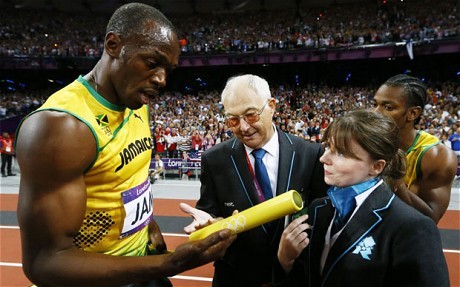Combinatorics Olympiad Problem 1
 A baton is divided into
2
n
+
1
cylindrical bands of equal length
(
n
≥
1
)
.
In how many different ways can the
2
n
+
1
bands be colored if
3
colors are
available, assuming that no two adjacent bands may be given the same color?
(Two colorings count as the same if one of them can be converted into the
other by turning the baton around.)
A baton is divided into
2
n
+
1
cylindrical bands of equal length
(
n
≥
1
)
.
In how many different ways can the
2
n
+
1
bands be colored if
3
colors are
available, assuming that no two adjacent bands may be given the same color?
(Two colorings count as the same if one of them can be converted into the
other by turning the baton around.)
This problem is not original. It is on the level of the BMO (British Mathematical Olympiad), and is therefore quite hard.
This problem is part of this set .
This section requires Javascript.
You are seeing this because something didn't load right. We suggest you, (a) try
refreshing the page, (b) enabling javascript if it is disabled on your browser and,
finally, (c)
loading the
non-javascript version of this page
. We're sorry about the hassle.
1 solution
Verify it by taking n=1. Make the cases, it is easy for n=1. Perhaps, you will realize your mistake
Log in to reply
If n = 1 , then there are 3 portions. Then there are 3 ways to choose the color for the first cylinder, 2 ways for the second, and 2 ways for the last. Then we divide by 2 so we don't overcount. This is still the same as 2 3 ( 4 n ) . What am I doing wrong?
Log in to reply
1st and 3rd may have same colour. You haven't taken that case
I believe the answer is incorrect. I'm getting 2 3 ( 4 n ) .
Please correct me if I'm wrong.